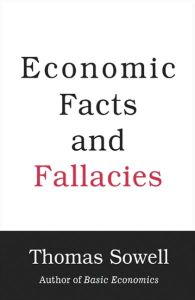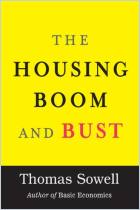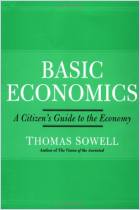Únase a getAbstract para acceder al resumen.

Únase a getAbstract para acceder al resumen.
Thomas Sowell
Economic Facts and Fallacies
Basic Books, 2007
¿De qué se trata?
Avoid the common economic fallacies that trip even the most careful thinkers.
Recommendation
Long before Freakonomics hit the bookstores, Thomas Sowell was popularizing economics in simple plain language. In his latest book, he continues to illuminate the dismal science cheerily, shining his flashlight on a handful of fallacies common to policy makers and even some professional economists. After describing these fallacies, Sowell shows them at work in discussions of urbanization, gender equality, education, income, race and economic development. The result is a bracing tonic that will almost certainly change your views on some of the most emotional issues of the day. getAbstract recommends this slim, fast-moving read to those who are unafraid to subject their convictions to the light of the economic evidence.
Summary
About the Author
Thomas Sowell is scholar-in-residence at the Hoover Institution at Stanford University. He is also the author of Basic Economics.




















Comment on this summary